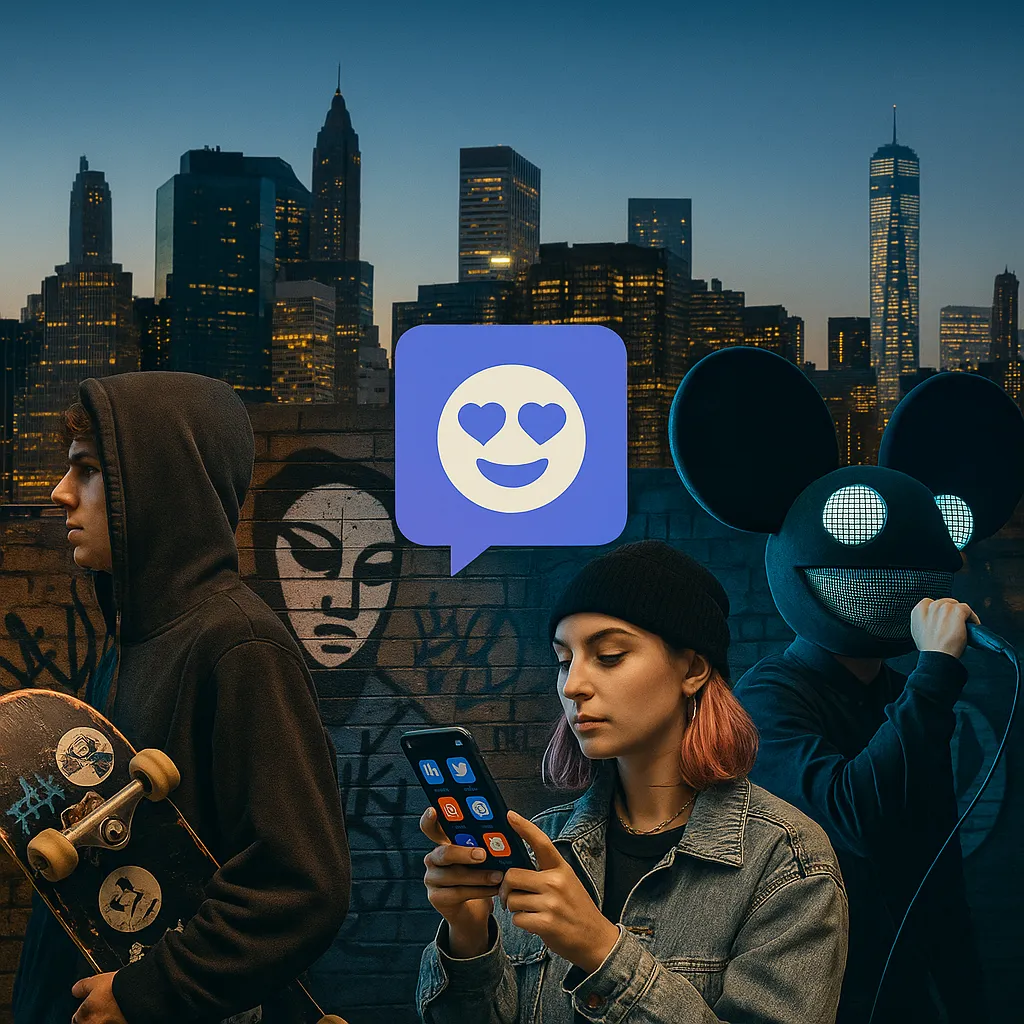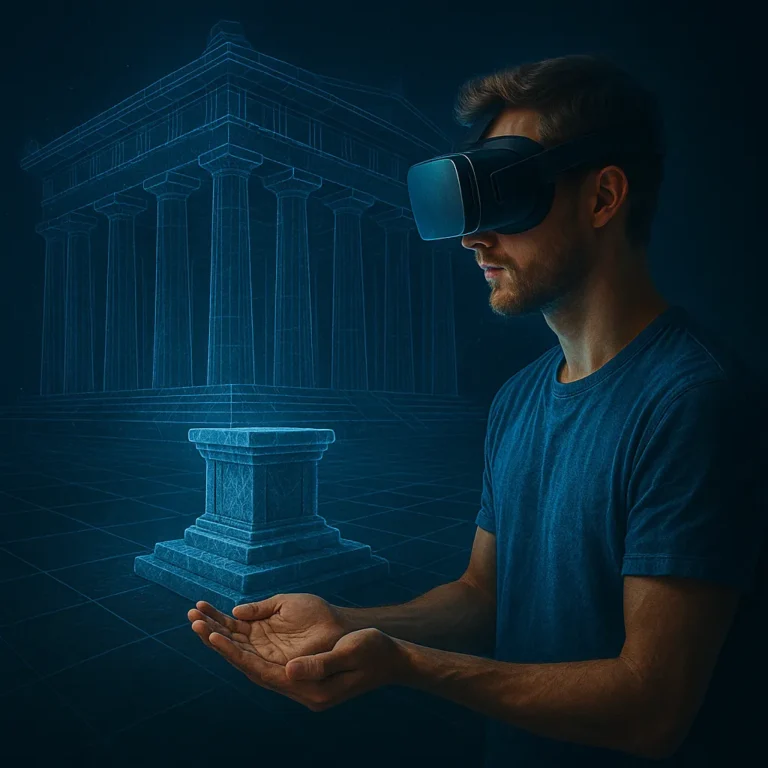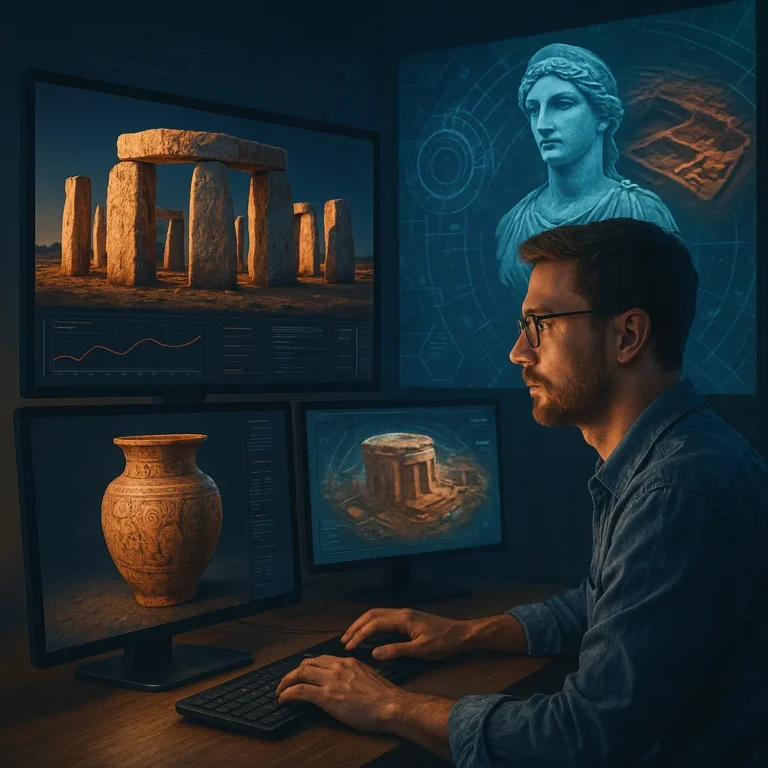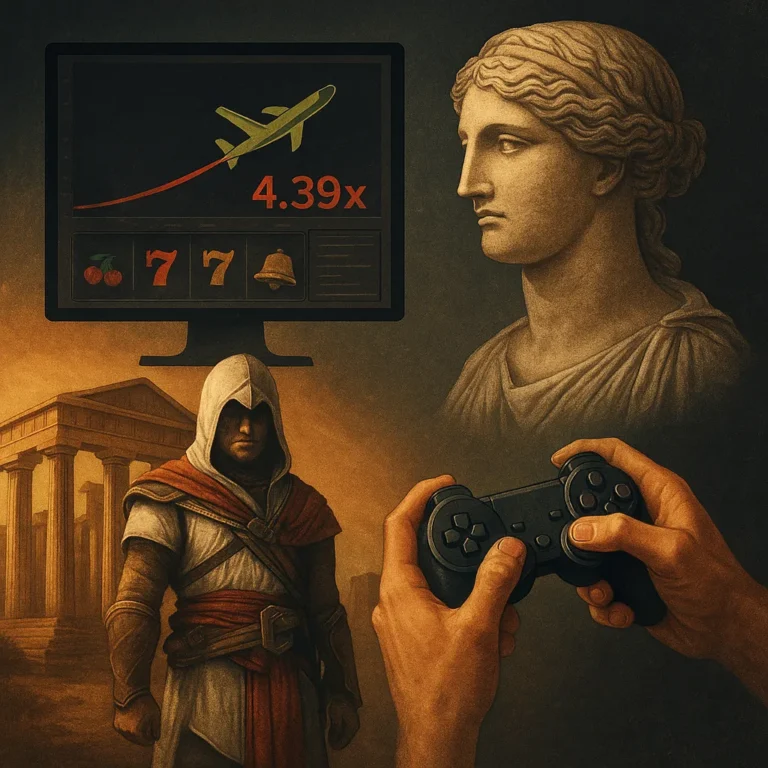Forget what you think you know about tribes. In the past, tribal identity came from bloodlines, birthplace, or ancient rites. Today, in the heart of modern megacities, identity flows differently. Urban anthropology reveals that cities — once thought to erode traditional belonging — are now breeding grounds for new “tribes.” These groups aren’t based on ancestry or land. They form through shared interests, language, rituals, digital interactions, and even aesthetics. The result? A complex, hybrid map of identity that’s deeply urban and deeply human.
The City as a Cultural Laboratory
Cities might seem chaotic, but they’re actually carefully layered systems. Metropolises don’t erase identity — they multiply it. From students and artists to migrants, remote workers, and rebels, cities bring together people who might never meet elsewhere. And in that mix, something powerful happens: spontaneous patterns of affiliation begin to form.
A Structured Urban Diversity
Belonging in a modern city often emerges from subtle cues — spaces, rituals, and symbols. You’re not just from a city, you’re from a block, a coffee shop, a rooftop rave.
Urban “tribes” often form around:
- Places — neighborhoods, train stations, coworking spots, squats
- Rituals — night markets, warehouse parties, open mic nights
- Codes — streetwear, tattoos, stickers, memes, slang
These aren’t just hobbies or fashion trends. They’re signifiers — part of a new, decentralized language of identity. Cities, then, aren’t just buildings and roads; they’re shifting networks of invisible clans, crossing paths on buses, in parks, and underground clubs.
Subcultures as Modern Ritual Networks
You’ve seen them: skaters carving up plaza steps, techno lovers losing themselves in strobes, or graffiti crews tagging a hidden wall. These aren’t just lifestyle choices — they’re modern rituals. Subcultures carry the same weight as ancient tribal customs, offering structure, belonging, and meaning.
How Subcultures Replace Traditional Tribes
Like ancestral tribes, subcultures build community by creating symbolic hierarchies and shared ceremonies.
Examples include:
- Street artists who use cryptic tags understood only within their circle
- Music scenes that revolve around “sacred” venues like Berghain or Fabric
- Trans dance houses rooted in voguing — descendants of ballroom culture
Each group has initiations, legends, and codes. Newcomers prove themselves. Veterans guide. And participation is often about more than fun — it’s a way to reclaim agency in a chaotic world.
Digital Tribes: Identity Without Geography
Urban life isn’t confined to sidewalks anymore. Thanks to the internet, today’s “tribes” thrive on screens. Forget neighborhood — identity can now be rooted in a username, a Discord server, or a shared joke on TikTok.
Cybertribes and Their Digital Rituals
What defines a tribe online? Connection, symbols, participation. Likes and retweets aren’t just clicks — they’re mini-rituals of belonging. Here’s where we see it most clearly:
- Online movements, like climate activism hubs on Instagram or Threads
- NFT circles, where community rituals include token drops and branded mythologies
- Fan subcultures, inventing their own hierarchies, terms, and aesthetics
These cybertribes form around shared passions but behave like ancient kin groups — with their own myths, initiation rites, and even social “punishments” for outsiders or betrayers. You don’t need a bloodline — just a link and a like.
Hybrid Belonging: Where City Meets Screen
The 2020s are a mashup. Real life and digital life no longer compete — they collaborate. People now toggle between physical neighborhoods and digital niches with ease. Identity is layered, dynamic, and hybrid.
Let’s break it down:
- A person may host poetry readings in a city café,
- Share NFT drops on Tezos by night,
- Chat about city zoning in a Telegram urbanism group,
- And help run a TikTok merch brand on weekends.
This isn’t double life — it’s fused life. Cities offer the stage, but the internet gives voice. The result? Belonging isn’t limited to one tribe. You can move across them fluidly, from street to stream.




